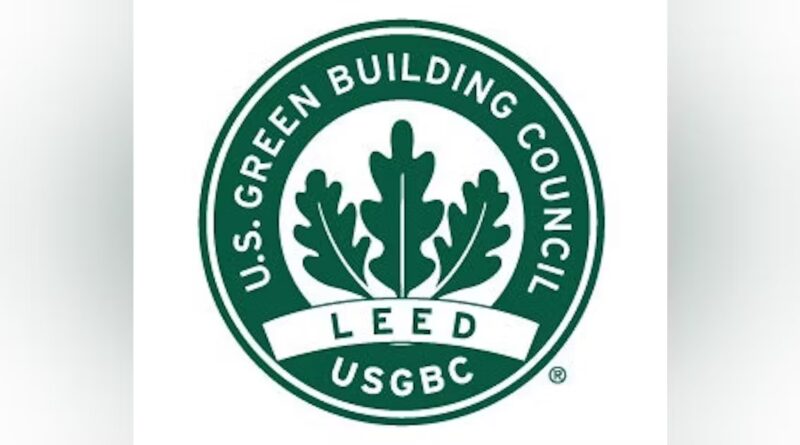10 Facts About the LEED Ratings System
The LEED (Leadership in Energy and Environmental Design) rating system, developed by the U.S. Green Building Council, certifies buildings based on sustainability and environmental impact across categories like energy efficiency, water conservation, and indoor air quality. Homes earn points for meeting specific criteria, with certification levels ranging from Certified (40–49 points) to Platinum (80+ points). The system includes region-specific credits and emphasizes both design innovation and occupant education to promote long-term sustainability.
According to How Stuff Works, whether you’re renovating a current home to make it greener or building the sustainable home of the future from the ground up, qualifying for LEED certification is a complex process. The standards and guidelines are extremely detailed. Any builders or contractors that you hire have to follow those guidelines and use mathematical calculations and documentation to prove they have been followed. The certification system is set up as a series of prerequisites (or requirements) and credit points. Prerequisites are specific standards your home has to meet to even be considered for certification. Credit points are given for a range of optional improvements. The points, awarded for everything from meeting energy efficiency standards to preserving plant-life, add up to a certification score. A house needs at least 40 points to be certified. Any points above 49 count toward higher certification levels, including Silver (homes that earn 50-59 points), Gold (60-79 points) and Platinum (80 or more). There are a total of 110 possible points a building can receive [source: U.S. Green Building Council].



